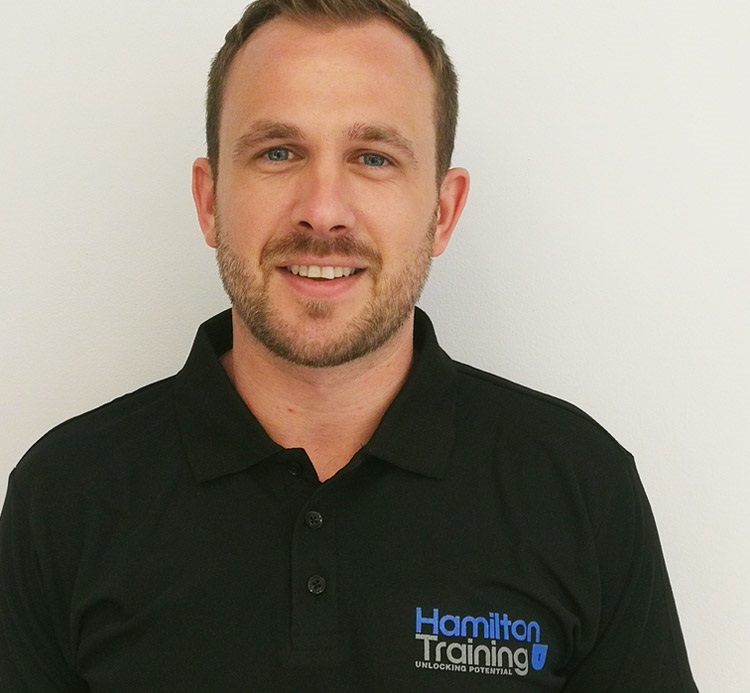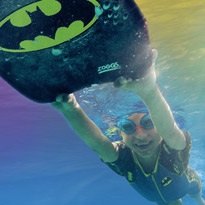SSS Team, SSSPORTS.COM

Water, water everywhere and not a second to spare. With summer around the corner and summer camps calling, everyone from toddlers to adults will be enjoying a much-needed cooling-off in the water, but no matter how keen we are, there’s a very fine line where a fun activity can turn completely sour in a heartbeat.
According to the World Health Organisation, 15 January 2018, drowning is the third leading cause of accidental death in the world and applies to adults as well as children. Keeping yourself safe in the water is therefore about adults and children working together to make sure risks are kept to a minimum or avoided completely.
“Parents should never adopt an attitude of, ‘it will never happen to my children’” says Ryan Trumpeter, Head of Quality Assurance Training, Hamilton Training (sister company of Hamilton Aquatics), Dubai, UAE, a multi-training provider with specific expertise in the aquatic environment. “This is when accidents happen, as carelessness often leads to the most shocking cases”.
Ryan’s mission at Hamilton Training is to support a culture in the UAE of increased knowledge around water, delivering water safety and training techniques of the highest standards to all ages. The main ethos is ultimately to save lives.
We put the most pressing questions to Ryan and asked why, overall, swimming in safety should be a number one priority for families, not just for summer, but all-year-round.

Q&A
Hi, Ryan. Can you tell us, why is swimming such an important skill for children to learn?
Swimming for children is like driving for adults; it’s a life skill. Swimming is not only a skill in itself, but also encourages fundamental life skills including coordination, balance and agility, which applies to many aspects of everyday life.
We see videos online all the time of babies as young as a few months old taking to water. Is there a sensible age to start swimming?
Getting kids into the water as early as three months old is very common. As well as being a way of building a stronger bond between parent and baby, it really has its benefits. Children, even from this age, will start to show skills in moving through the water which is crucial for their confidence when they’re exposed to water at such a young age. The humble bath when filled with just six centimetres of water is enough for a child to drown when it covers the nose and mouth. It can also happen in household swimming pools, of which there are many in Dubai. Another benefit is that adults also learn to supervise their small children at all times in the water, as one lapse of concentration and the consequences could be fatal.
When children reach two or three years old, it can be challenging to keep their attention when teaching them to swim, so at Hamilton Aquatics we keep things fun. The swimming instructor will incorporate songs, games and parents move and play with their children in the water.
Are flotation aids necessary?
It’s important not to view floatation devices as a substitute for life-saving equipment. A lilo, for example, may seem like a good idea, but if a child jumps in and misses it entirely and starts panicking and scrambling around, there is a risk they could drown. So, floats do not mean you can leave children to do what they please and should be used when a child has a competent swimming ability.
Social media can also be confusing when parents are looking for quick ways to keep their child afloat; it’s hard to tell which methods are supported by research and which aren’t. So enroll your child on a certified swimming programme as early as possible. These classes will include the correct floatation aids such as arm discs, and when they’re more confident, small floats and noodles, under the supervision of a qualified instructor.
What are the first things you should look out for when children enter the water for the first time?
As an adult, you should be aware that even if a child has learned to shout for help when in danger, the situation itself can be very different.
Children can be susceptible to cold water shock and can be “silent drowners”. In both cases, the situation sends the child into shock because they’re either so focused on getting themselves out of danger, or the body reacts to the cold temperatures, so they stay silent. This is something you cannot always prepare for and adults should keep a watch at all times.
What must children and adults look out for while at the beach?
A beach in your local area is likely to be totally different from beaches you experience on holiday, where you have no idea of the environment.
Always listen to the lifeguards, they are there to help you and prevent a dangerous situation arising in the first place.
Look out for the colours of flags as soon as you arrive at the beach and read the rules pertaining to them – there may be unsafe areas where you cannot swim.
Beware of rough waves and rip tides (strong currents) that can pull even a grown adult out to sea half a metre per second.
What tips can you give to children when they are playing in a group and something goes wrong when out and about near open water?
Rules in the pool apply to everyday life, especially when we have areas of open waters such as canals, lakes and the sea in our living spaces.
My advice to people who encounter a person drowning in water is not to jump in with them. It could lead to an additional two or three casualties instead of one. Grab a stick, pole, even a football which children often carry with them; anything that will help keep their friend afloat.
Call for help. Explain the situation as much as you can to the rescuer and keep the person in danger calm until someone arrives.
Think: water safety first. For more information on swimming, training and safety, visit https://www.hamiltontraining.ae/ and https://www.hamiltonaquatics.ae/ for specific health and safety training and award-winning swimming lessons.
Don’t forget to make a splash with your children and shop the watersports swimwear range.
